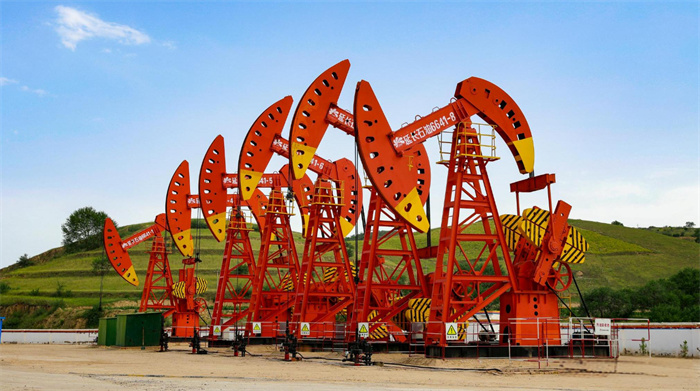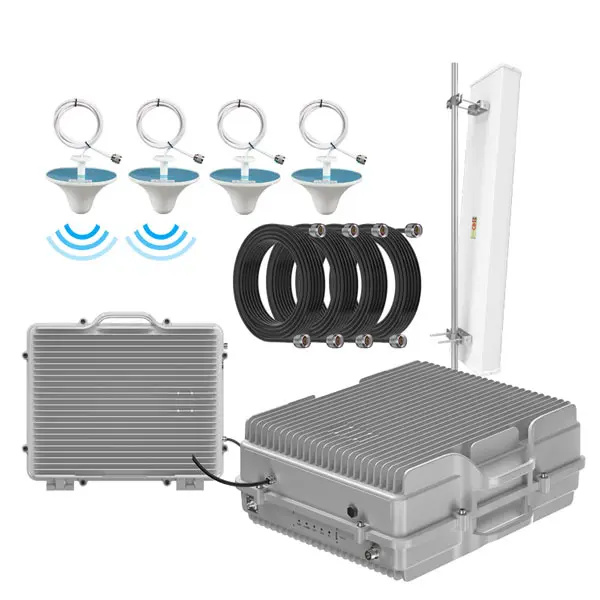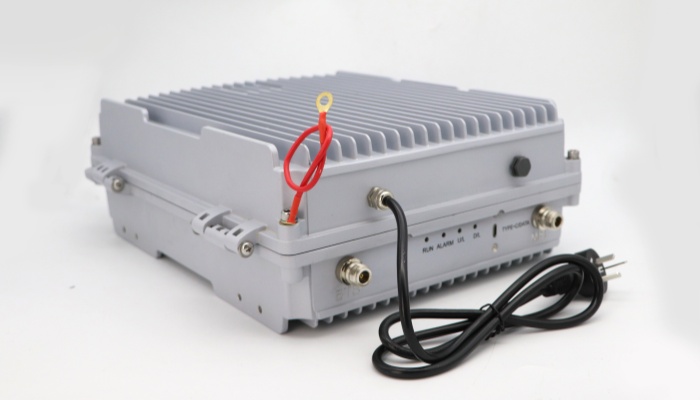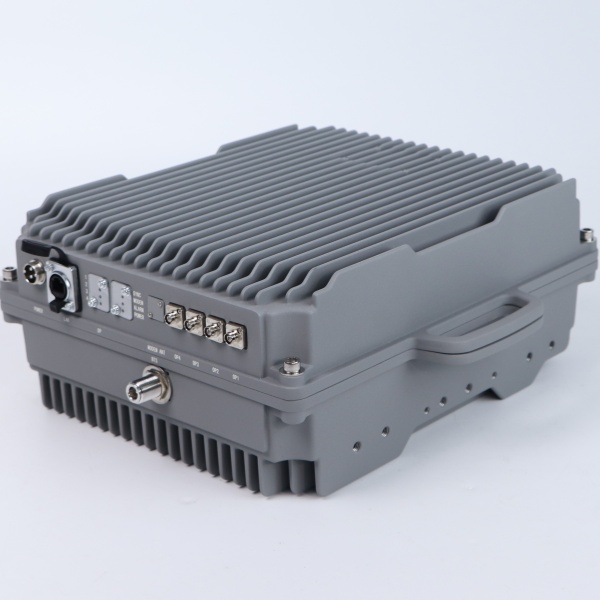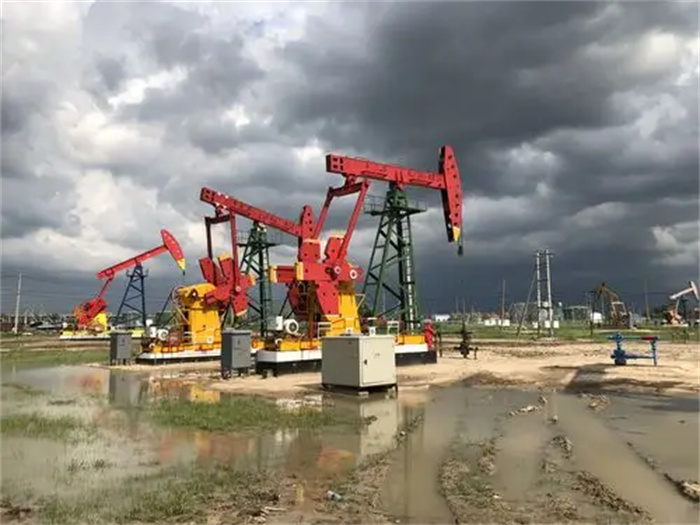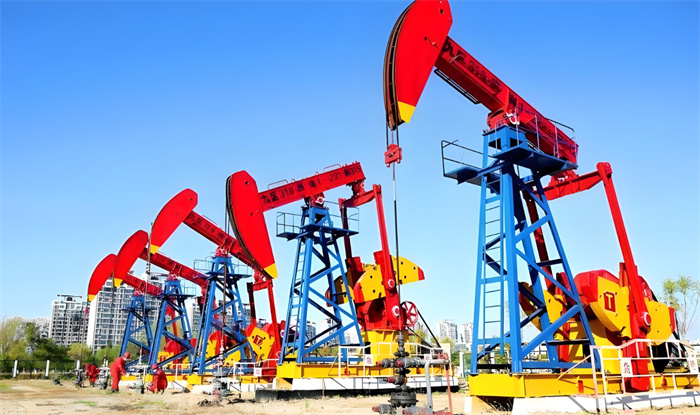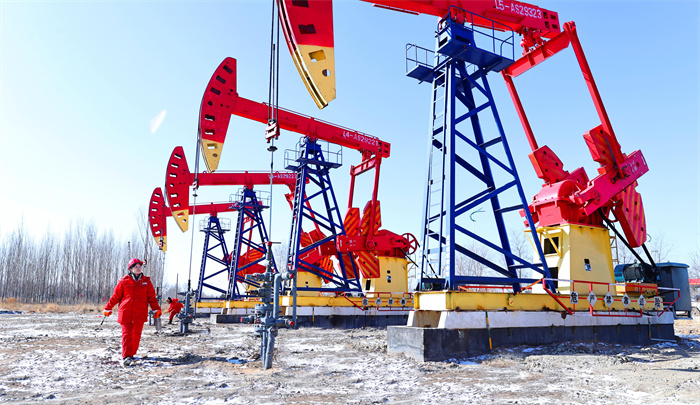Deploying mobile signal boosters and fiber optic repeaters in remote oil, gas field and rural area fields presents unique challenges and requirements. With over 13 years of experience in mobile signal coverage projects, Lintratek offers a range of commercial mobile signal boosters and fiber optic repeaters tailored for such environments. To ensure effective communication in these areas, it’s essential to consider factors such as signal sources, equipment selection, coverage areas, power supply, and terrain.
1. Assessing Signal Source Feasibility
Detecting Nearby Base Station Signals: Utilize professional signal testing equipment or mobile signal detection apps (e.g., Cellular-Z) to determine the presence of mobile signals (e.g., 2G/3G/4G/5G) around the oil, gas field and rural area. If signals are absent, consider introducing external signal sources, such as satellite backhaul or collaborating with operators to establish small base stations.
Proximity to Signal Sources: If a signal is available within 200 meters, select a commercial mobile signal booster with appropriate power based on the desired coverage area. For distances beyond 200 meters or when signals are weak, a fiber optic repeater is recommended. Lintratek’s fiber optic repeaters come in standard and digital versions, with the digital version capable of transmitting signals up to 8 kilometers. These devices offer significant advantages in lossless signal transmission.
2. Equipment Selection and Parameter Matching
Choosing the Appropriate Mobile Signal Booster: Based on the detected mobile signals, select a booster that matches the target frequency bands (e.g., 900MHz, 2100MHz, 3500MHz) and complies with the operator’s standards (e.g., 4G/LTE, 5G/NR).
Lintratek kw40 commercial mobile signal booster
Scenario-Based Recommendations:
Medium to Small Areas: Standard commercial mobile signal boosters or low-power fiber optic repeaters (covering 1,000–5,000㎡).
Large Oil , Gas Fields and Rural Area: High-power digital fiber optic repeaters combined with Distributed Antenna Systems (DAS) and multi-stage amplifier networks.
For personalized solutions, please provide your contact information, and our engineers will develop a tailored plan for you.
Lintratek 5G Digital Fiber Optic Repeater
3. Optimizing Installation Design
Outdoor Antenna Installation: Install antennas at a height of at least 15 meters, avoiding metal obstructions (e.g., pipelines, storage tanks). In complex terrains, consider using towers or drones to assist in locating optimal reception points.
Indoor Coverage Planning: Connect the booster to omnidirectional or panel indoor antennas via coaxial cables to cover key areas such as offices, dormitories, and duty rooms. For multi-story buildings, deploy multiple antennas across different levels.
4. Ensuring Power Supply and Stability
Power Supply Solutions: Prioritize integration with the existing power system of the oil, gas field and rural area. If a stable grid is unavailable, configure solar power systems (e.g., 200W photovoltaic panels with 48V lead-acid batteries) or diesel generators as backups.
Lightning Protection and Equipment Shielding: Install surge protectors, ensure outdoor equipment is waterproof-certified, and consider housing equipment in protective enclosures to guard against high temperatures and corrosive environments.
5. Considering Remote Monitoring Capabilities
Remote Monitoring and Maintenance: Given the remote nature of oil, gas field and rural area, deploying signal boosters or fiber optic repeaters with remote monitoring features allows real-time status checks and timely adjustments to signal strength or frequency settings, maintaining optimal communication quality.
6. Case Study
Detection: Identified a 4G signal (-100dBm) 7 kilometers from the oil field.
Installation: Deployed a directional antenna, photovoltaic components with batteries, and a 10W 4G digital fiber optic repeater.
Outcome: Achieved coverage of 5,000㎡, meeting the daily communication needs of 60 personnel.
In the implementation process, collaborating with professional communication engineers or service providers is advisable to ensure effective deployment and operation. Additionally, considering the hazardous environments of oil, gas fields and rural area, all equipment should adhere to relevant safety standards.
Post time: Feb-07-2025








